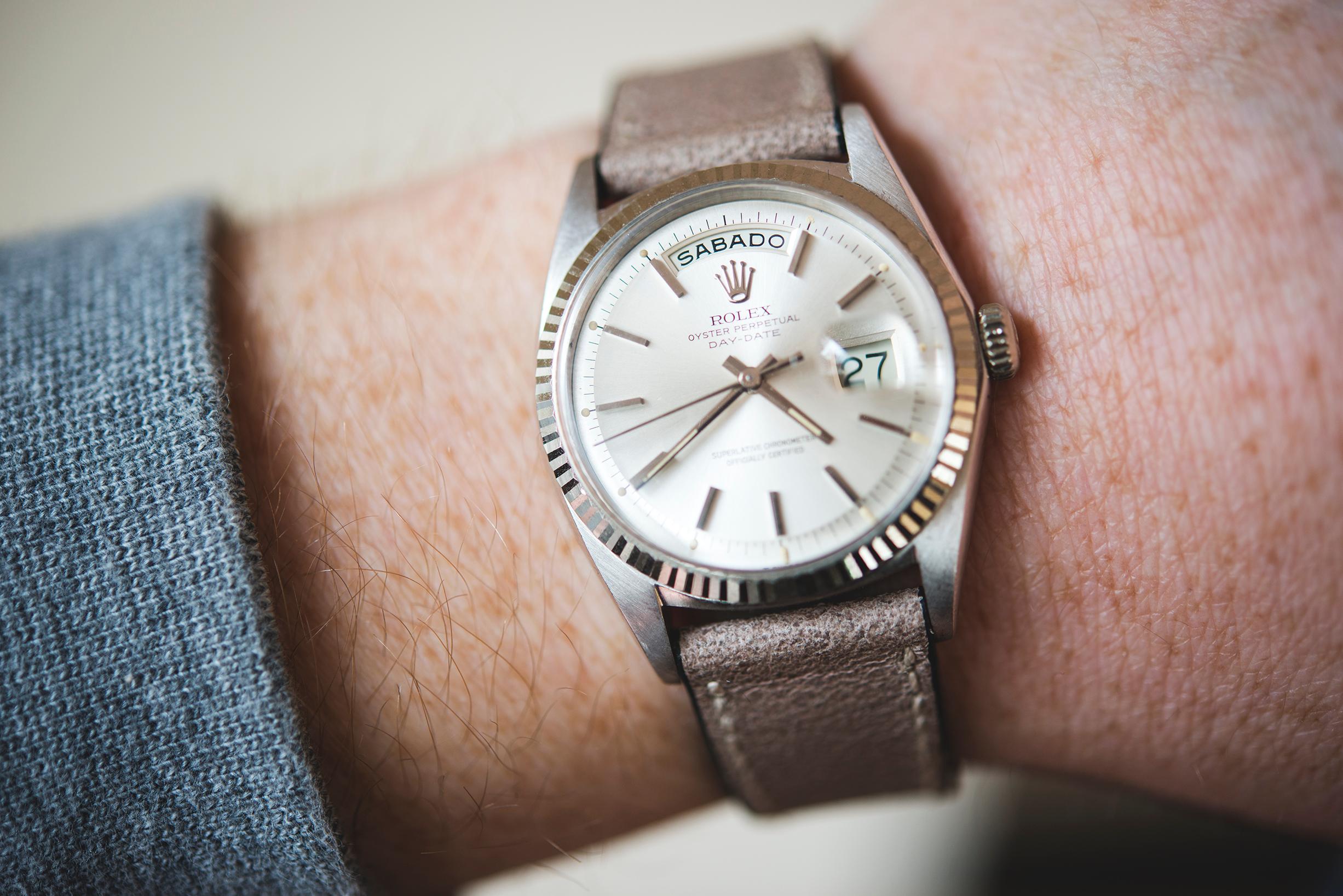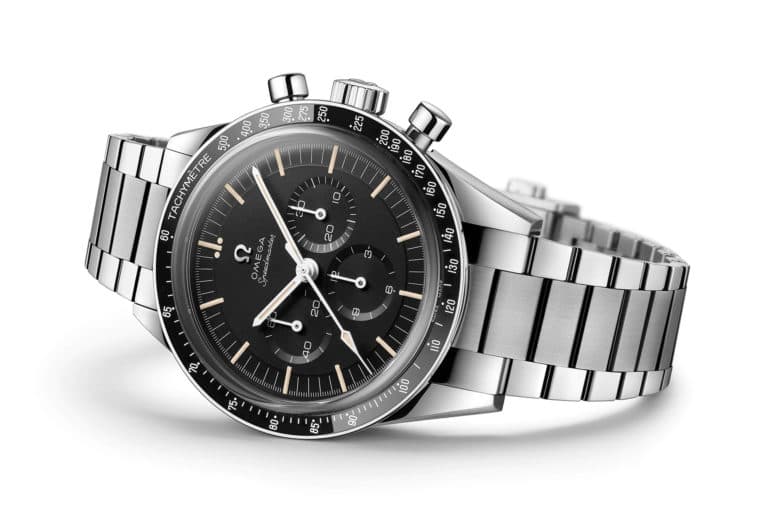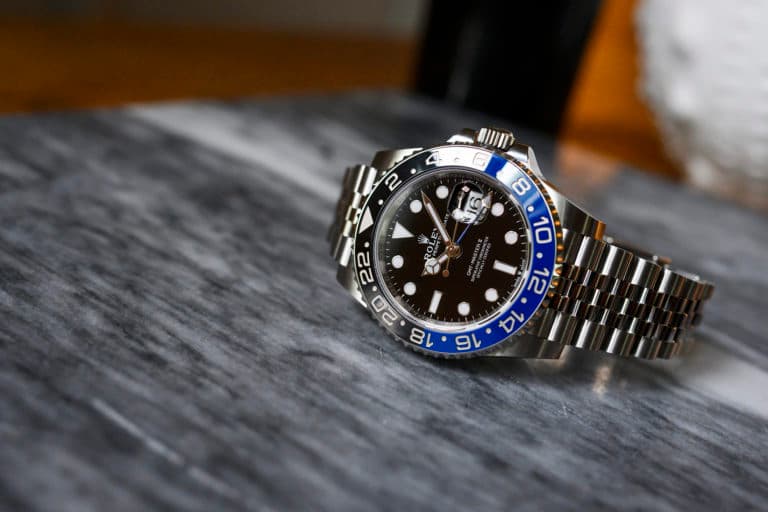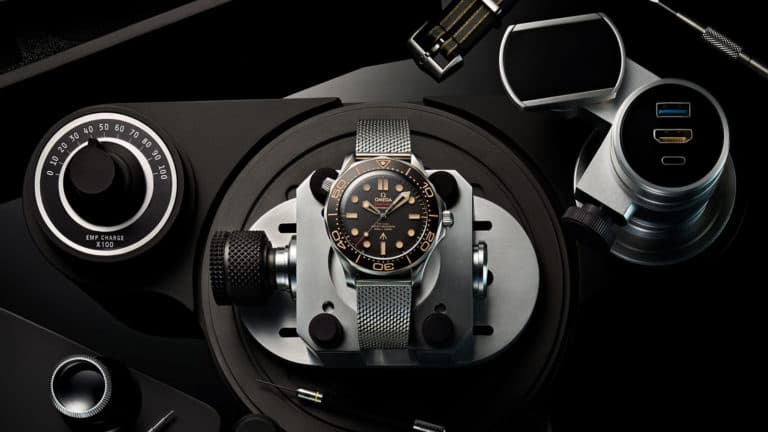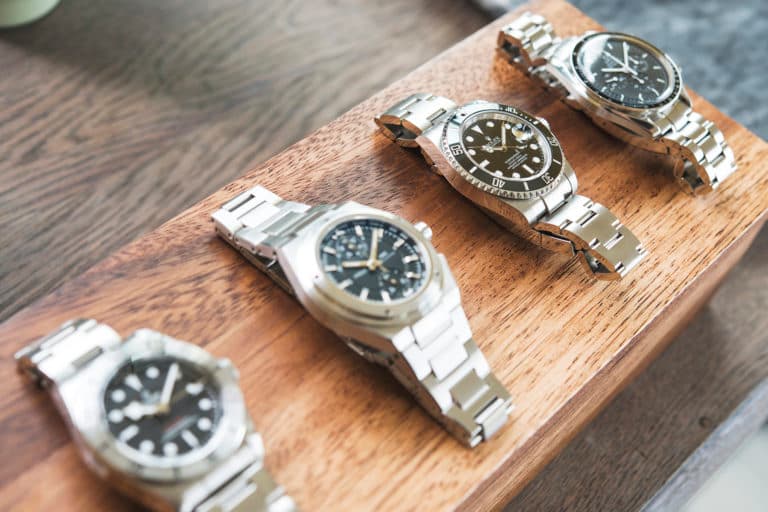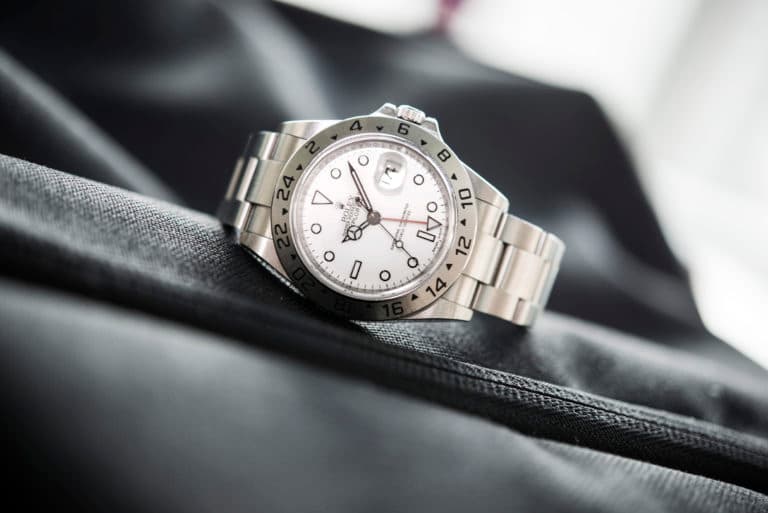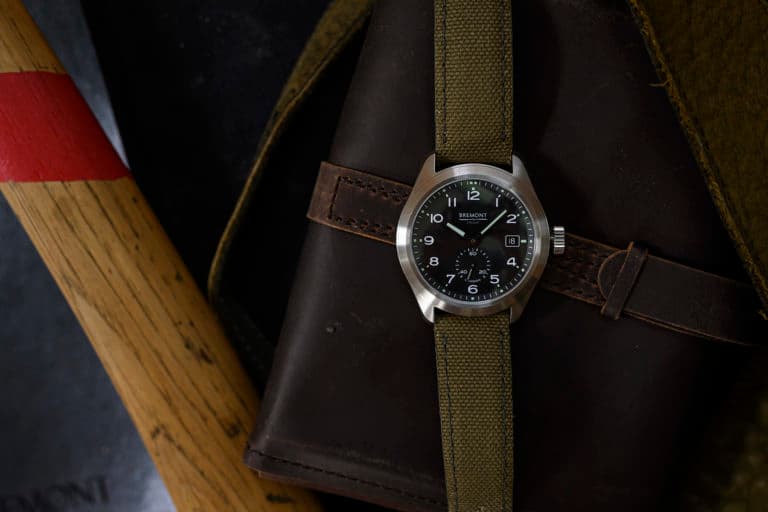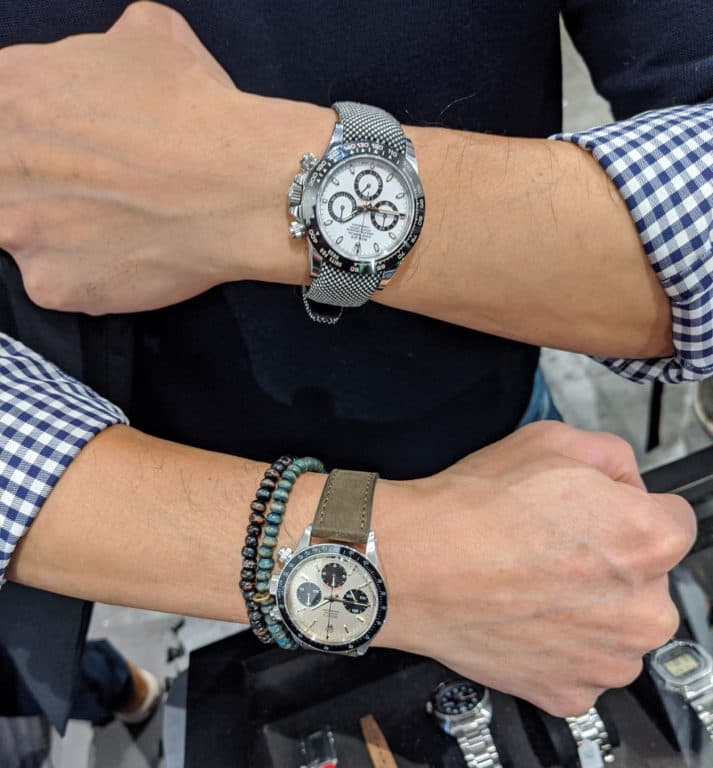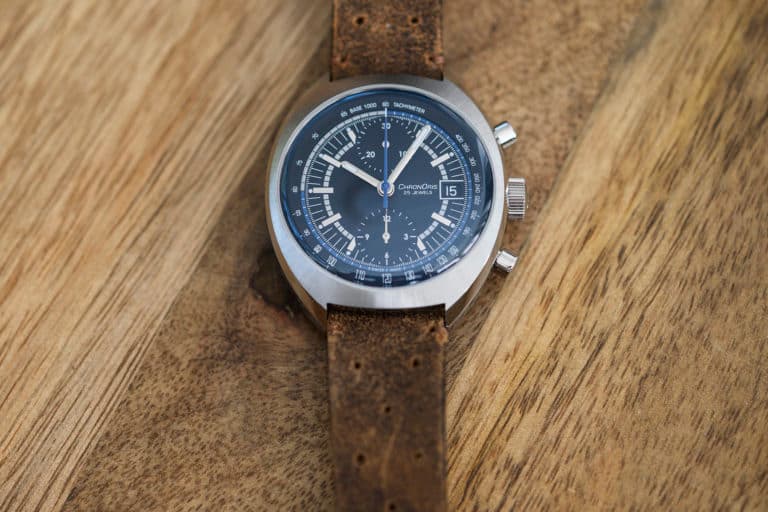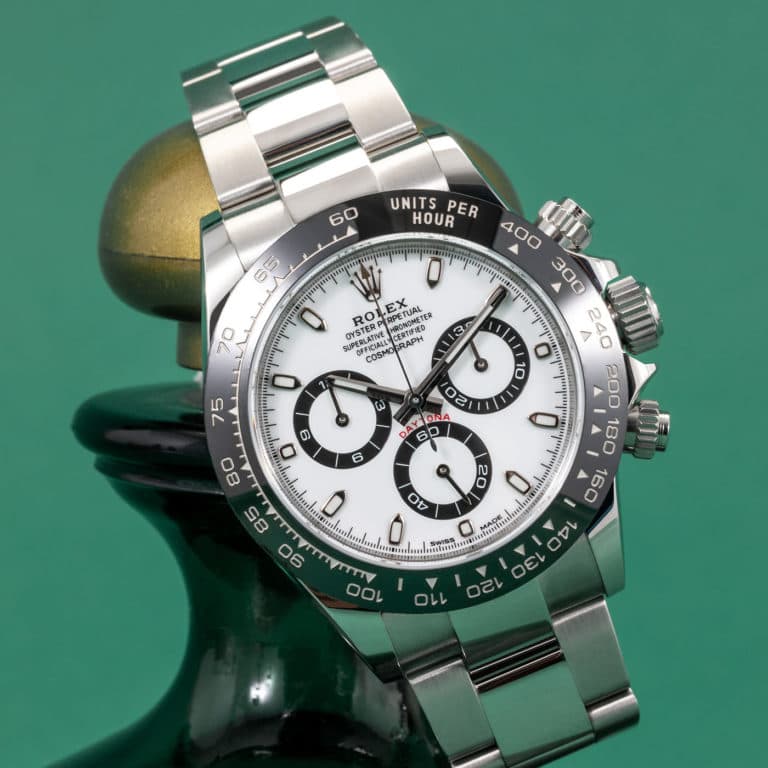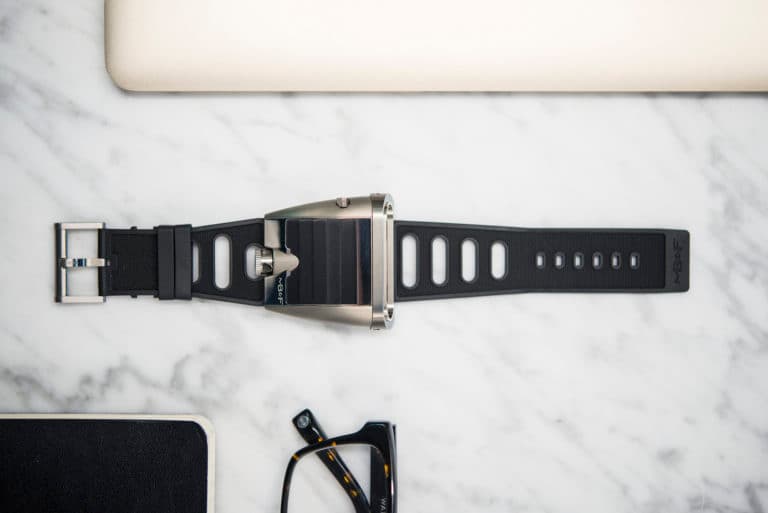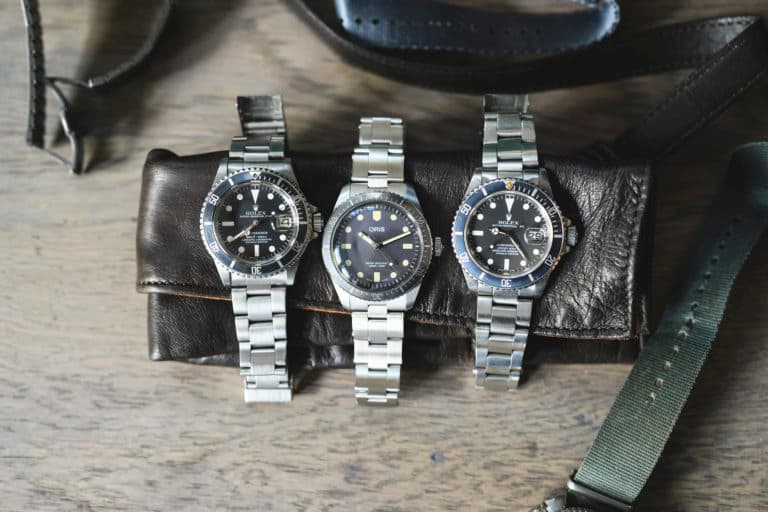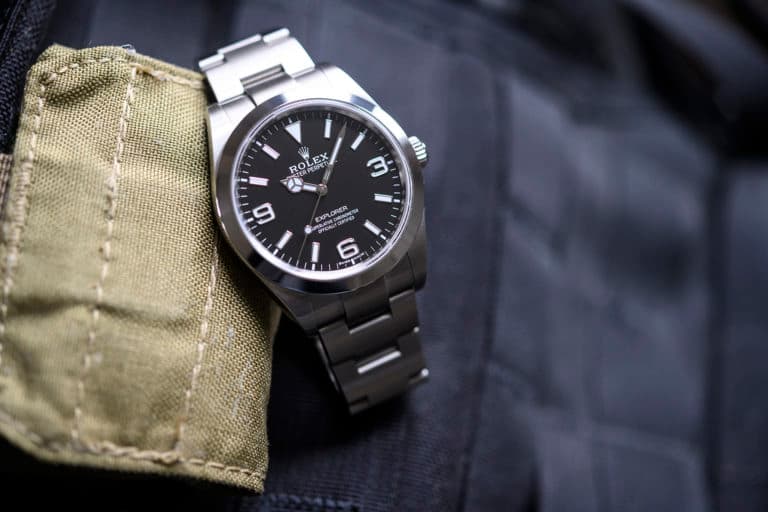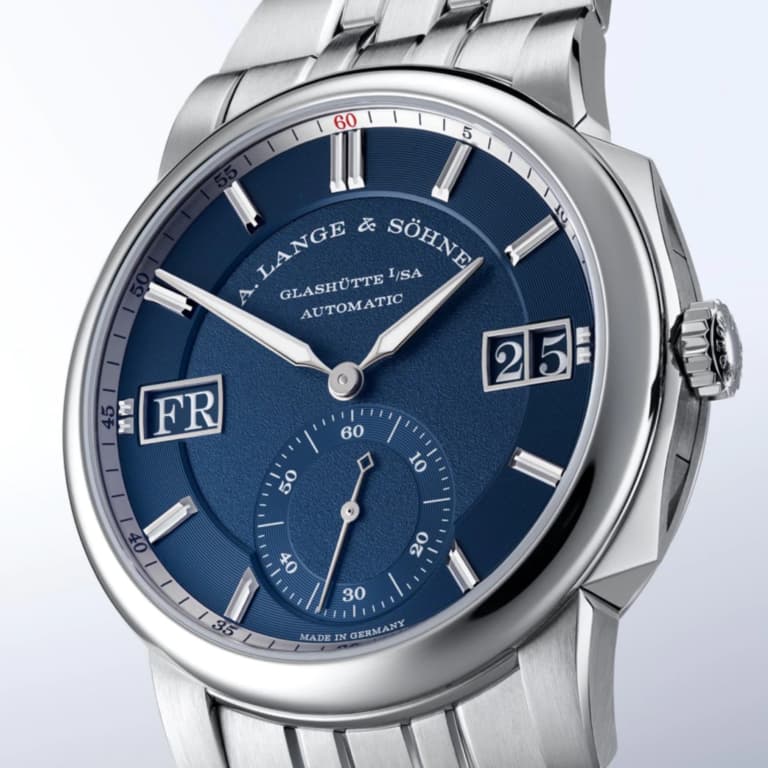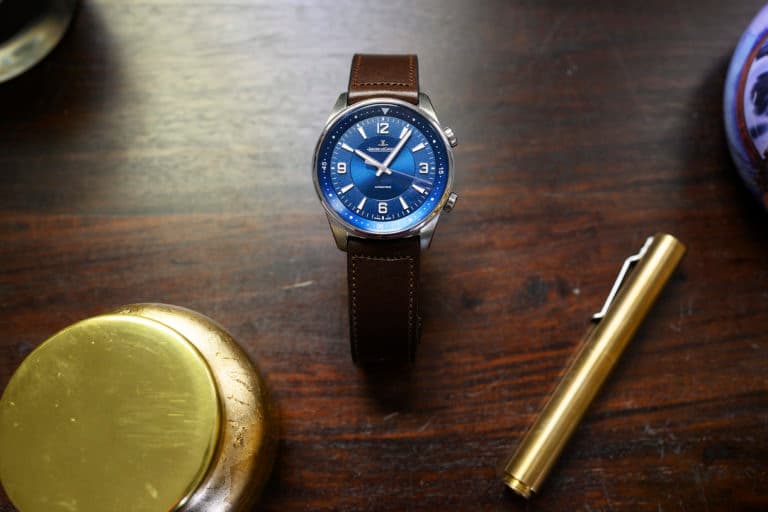Let’s be honest, a watch isn’t as necessary as it once was. Practical tools for telling the time surround us, from the phones in our pockets to the screens we sit in front of throughout much of the day. Furthermore, those digital methods will almost always be more accurate than anything mechanical. That doesn’t mean they don’t have a place in a modern world, however. If you interact with other human beings on a regular basis, whipping a phone out to tell the time isn’t the most sociable move you can make. Yes, a watch still has a place on your wrist should you choose, and when it can do more than just tell the time, a watch can move into ‘necessity’ territory pretty quick.
What else is a watch other than a device that gives us the current time in the form of hours, minutes, and seconds? As it turns out, quite a bit. A watch can be equal parts fashion accessory, status symbol, and work of art. It can also provide information ancillary to telling the time. These features are called complications, and they can be anything from displaying a date, to chiming off the minutes and hours. So what are the most practical complications available that make daily wear more of a necessity than a nicety? Let’s take a look.
Day/Date/Month
Outside of telling the current time, the most useful information a watch can impart is arguably the day of the week, the date within the month, and the month itself. This Patek Philippe 5905 features all three. Most watches however, are forced to settle for just the date, which is often the most important component (assuming you know the day of the week and the month at any given time). Date windows can be a controversial thing, as they tend to break the harmony of the dial design, but there’s no questioning their value on a watch that’s worn daily.
Rotating Bezel
Okay, so this one isn’t technically a complication as it doesn’t rely on the movement of the watch to operate, but it’s still a supremely practical feature. Rotating the bezel is the quickest and simplest way to time an event (so long as you don’t need split second precision). Parking at a meter? Set your bezel against the minute hand and you’ll know at a glance how long you’ve been parked. This applies to more mundane activities as well, such as boiling an egg, timing a pizza in the oven, or making sure your kid’s been in timeout long enough. Divers may find some use out of it as well. Here’s a great example in the Omega Seamaster Planet Ocean.
Power Reserve
A power reserve indication simply tells you how much gas is in the tank of the mainspring. When you wind a watch, it stores the energy in the mainspring, after slowly depleting that energy, the watch will eventually stop. This can be in a matter of a day or two, or it could be over a week for some watches (like this Big Pilot). Either way, it can be useful to know how much power you’re running on until a full wind is in order.
Chronograph
Unlike timing with a rotating bezel, a chronograph allows you to more precisely time events in that you can start and stop the seconds hand. Having the ability to start and stop with the push of a button also makes for easy use. They have the added bonus of looking cool and sporty as well (if you’re into that kind of thing). You can read a more in-depth explanation of the chronograph right here.
GMT/24 Hour Hand
A GMT complication allows a watch to offer the time concurrently of two different time zones. This is usually done by using a 24 hour hand tracking time against a rotating bezel bezel (the Rolex GMT-Master II is a perfect example of this). This feature is especially useful for those who travel often, but the 24 hour hand in and of itself can be useful in other ways. For instance, as a day/night indication. It’s a complication that is more dependent on your daily activities than anything else, but it’s more useful than it lets on.
Moonphase
With a total Solar eclipse upon us, we can’t overlook a celestial complication like the moonphase. This complication is rather romantic as it most often relies on a graphic depiction of the moon on a disc that rotates around an aperture to give you the current phase of the moon as you’d see it in the sky. This Jaeger-leCoultre features the aperture at 6 o’clock on the dial. Pending eclipses aren’t included, unfortunately. It may not be entirely practical on a day to day basis, but it can sure look great on the dial.
These aren’t the only complications available on mechanical watch (far from it, actually), but they are the ones you’re most likely to use on a day to day basis of wearing a watch. Using a watch can be a very personal thing, and that connection is what takes a watch from being an antiquated tool of the past, to a vital part of your daily ritual.


